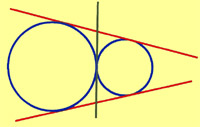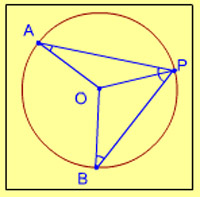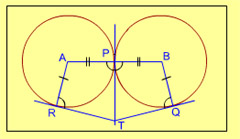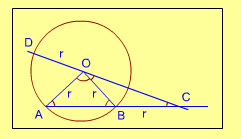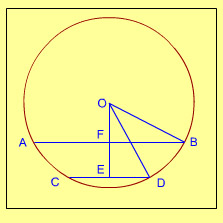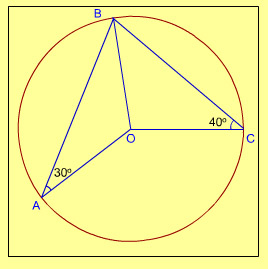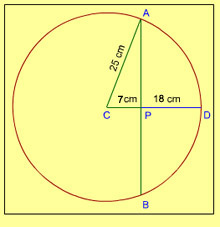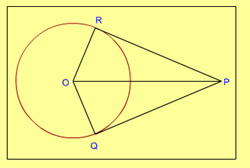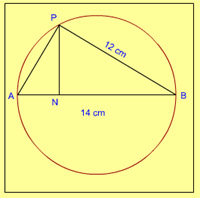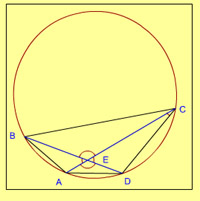PRACTICE QUESTIONS ON CIRCLES
Examination Questions on Circles
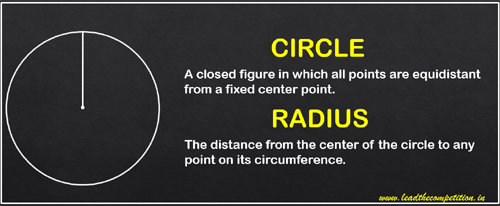
Click on the Show Answer button to see the answer.
1. Each of the two circles of equal radii with centres at A and B pass through the centre of one another. If they cut at C and D then angle DBC is equal to :
- 60°
- 100°
- 120°
- 140°
2. The three equal circles touch each other externally. If the centres of these circles be A, B, C then triangle ABC is :
- a right angle triangle
- an equilateral triangle
- an isosceles triangle
- a scalene triangle
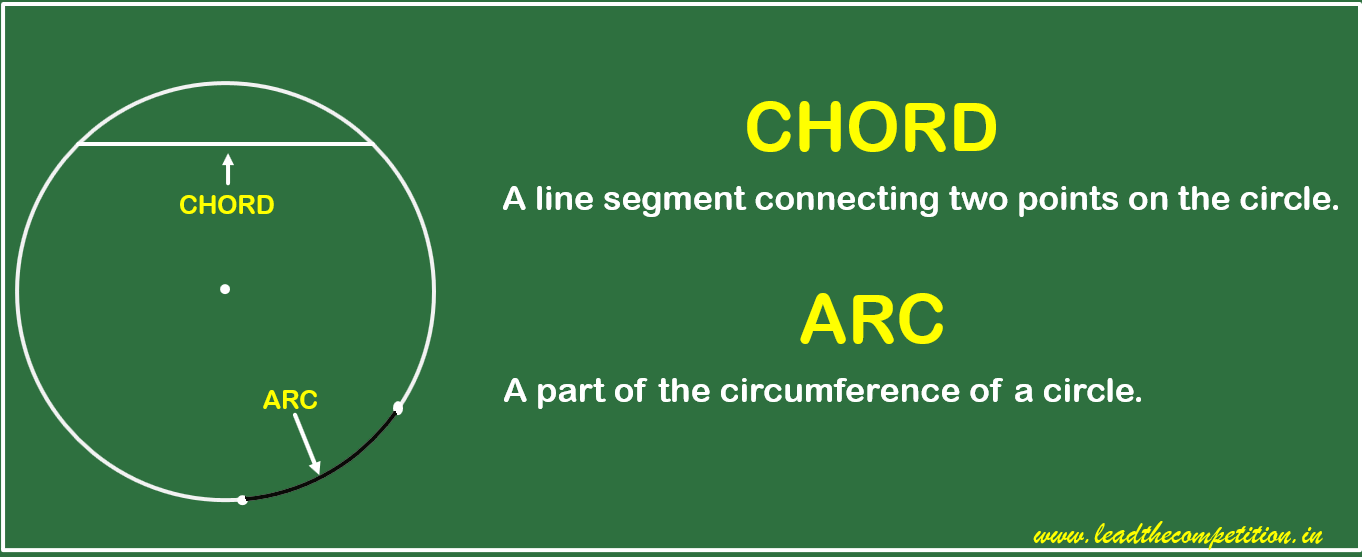
3. The minimum numbers of common tangents drawn to two circles when both the circle touch externally is :
- 0
- 1
- 2
- 3
4. A, B, P are three points on a circle having centre O. If angle OAP = 25° and angle OBP = 35°, then the measure of angle AOB is
- 120°
- 60°
- 75°
- 150°
5. ABCD is a cyclic quadrilateral, AB is a diameter of the circle. If angle ACD = 50° , the value of angle BAD is
- 30°
- 40°
- 50°
- 60°
6. Two circles of equal radii touch externally at a point P. From a point T on the tangent at P, tangents TQ and TR are drawn to the circles with points of contact Q and R respectively. The relation of TQ and TR is
- TQ < TR
- TQ > TR
- TQ = 2 TR
- TQ = TR
7. AB is the chord of a circle with centre O and DOC is a line segment originating from a point D on the circle and intersecting AB produced at C such that BC = OD. If angle BCD = 20° , then angle AOD = ?
- 20°
- 30°
- 40°
- 60°
8. In a circle of radius 17 cm, two parallel chords of lengths 30 cm and 16 cm are drawn. If both the chords are on the same side of the centre, then the distance between the chords is
- 9 cm
- 7 cm
- 23 cm
- 11 cm

9. O is the centre of the circle passing through the points A, B and C such that angle BAO = 30o, angle BCO = 40o and angle AOC = xo. What is the value of x?
- 70o
- 140o
- 210o
- 280o
10. The diameter of a circle with centre at C is 50 cm. CP is a radial segment of the circle. AB is a chord perpendicular to CP and passes through P. CP produced intersects the circle at D. If DP = 18 cm, then what is the length of AB?
- 24 cm
- 32 cm
- 40 cm
- 48 cm
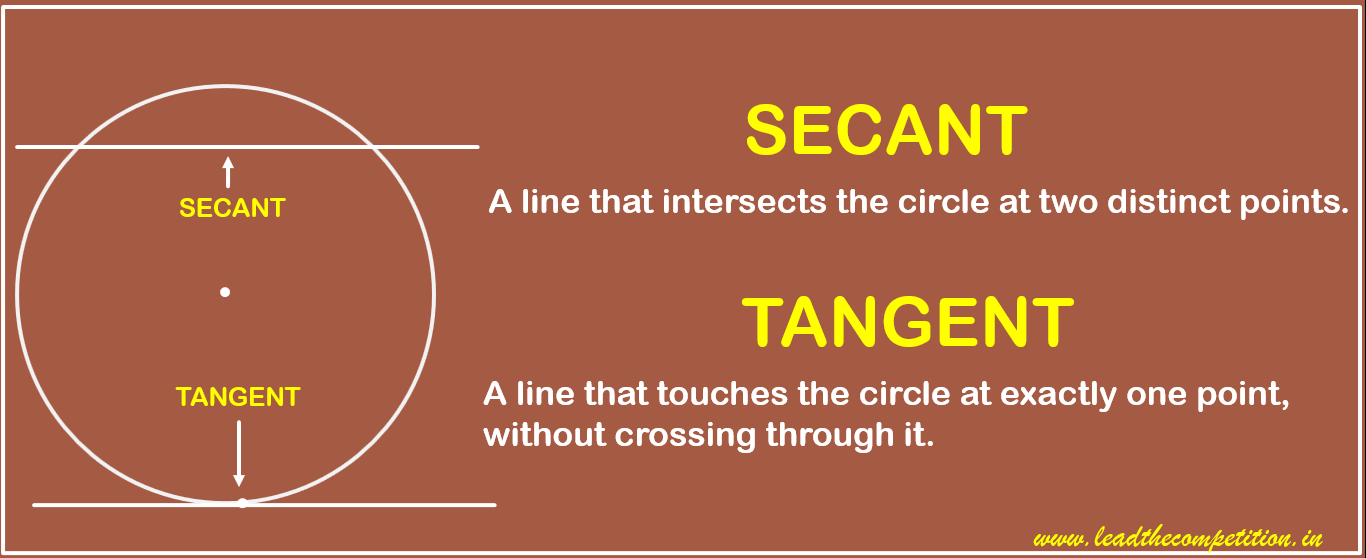
11. From a point P which is at a distance of 13 cm from centre O of a circle of radius 5 cm, in the same plane, a pair of tangents PQ and PR are drawn to the circle. Area of quadrilateral PQOR is
- 65 sq cm
- 60 sq cm
- 30 sq cm
- 90 sq cm
12. The diameters of two circles are the side of a square and the diagonal of the square. The ratio of the areas of the smaller circle and the larger circle is
- √2 : √3
- 1 : √2
- 1 : 2
- 1 : 4
13. N is the foot of t\he perpendicular from a point P of a circle with radius 7 cm, on a diameter AB of the circle. If the length of the chord PB is 12 cm, the distance of the point N from the point B is
- 3 5/7 cm
- 10 2/7 cm
- 6 5/7 cm
- 12 2/7 cm
14. A,B.C,D are four points on a circle,AC and BD intersect at a point E such that angle BEC=130° and ECD=20°.Angle BAC is
- 100°
- 110°
- 120°
- 90°
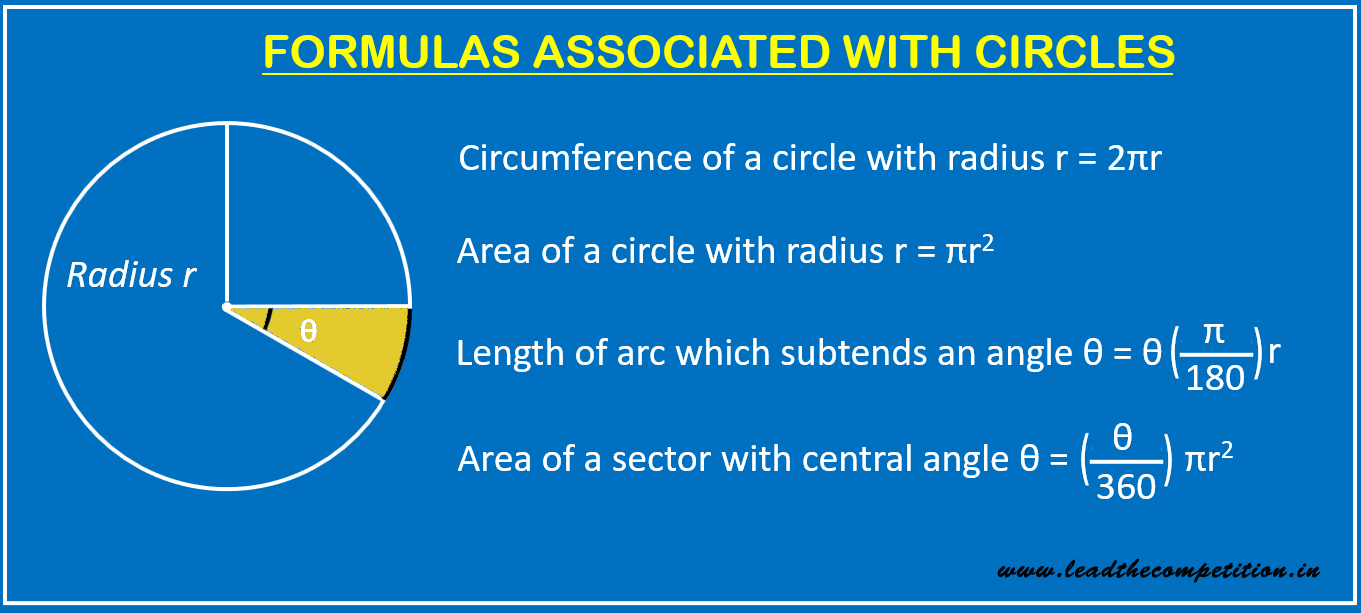
15. The radius of a circle is a side of a square. The ratio of the areas of the circle and the square is
- π : 2
- 2 : π
- 1 : π
- π : 1
16. A cow is tied by a rope to a post at the centre of a field. If it stretches the rope fully and describes an arc of length 44 metres while tracing an angle of 36o, what is the length of the rope? (Take pi = 22/7)
- 66 metres
- 68 metres
- 70 metres
- 72 metres


